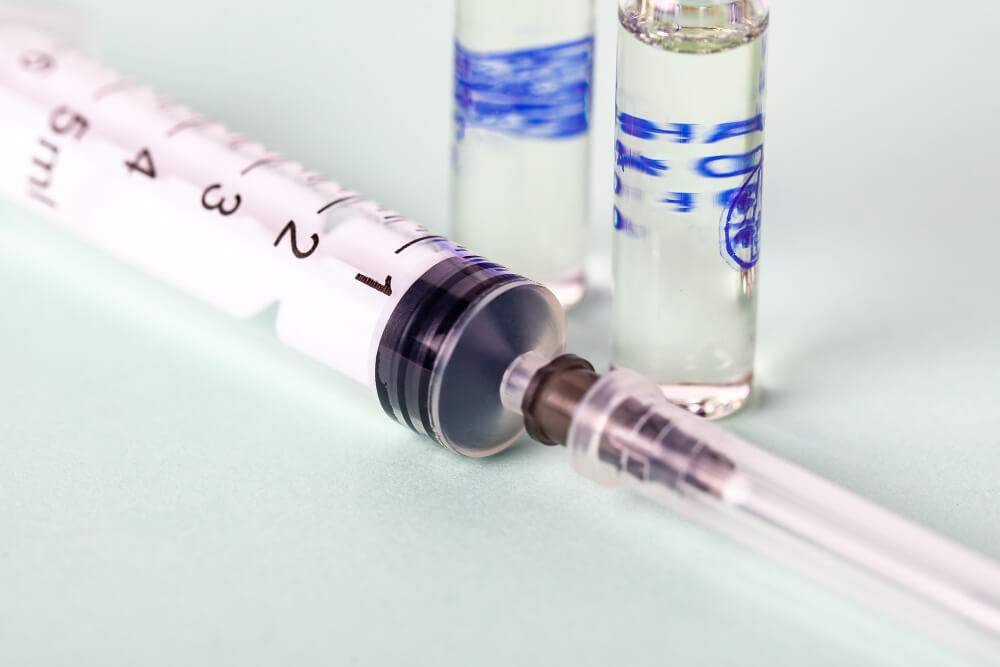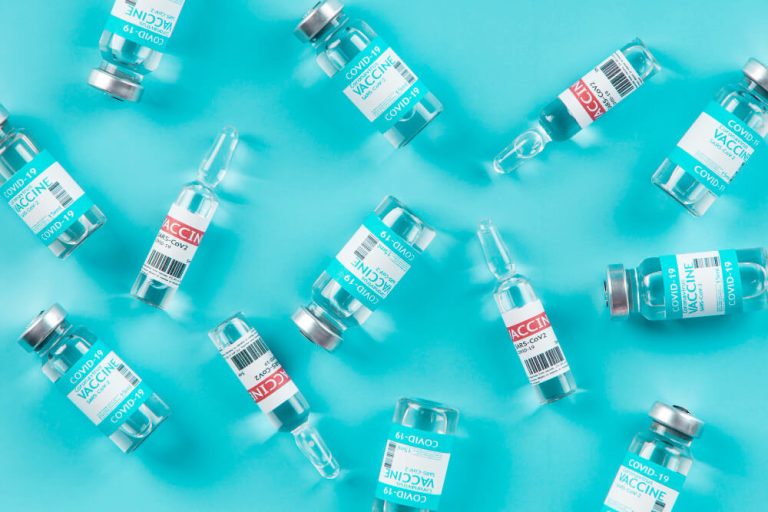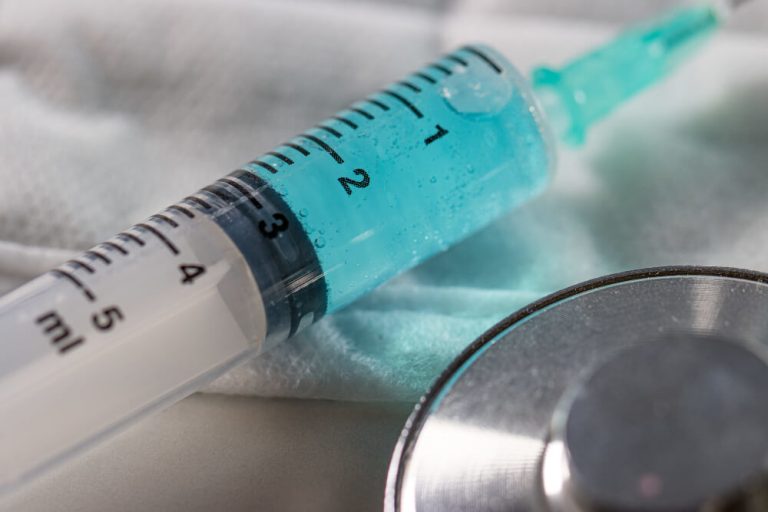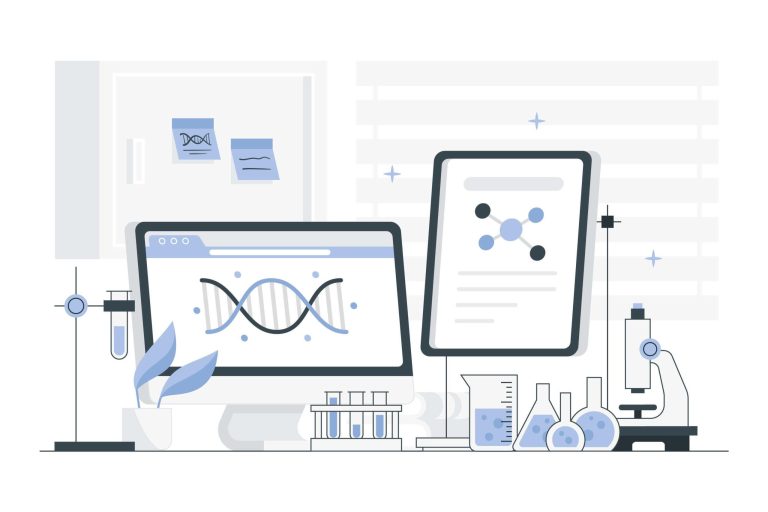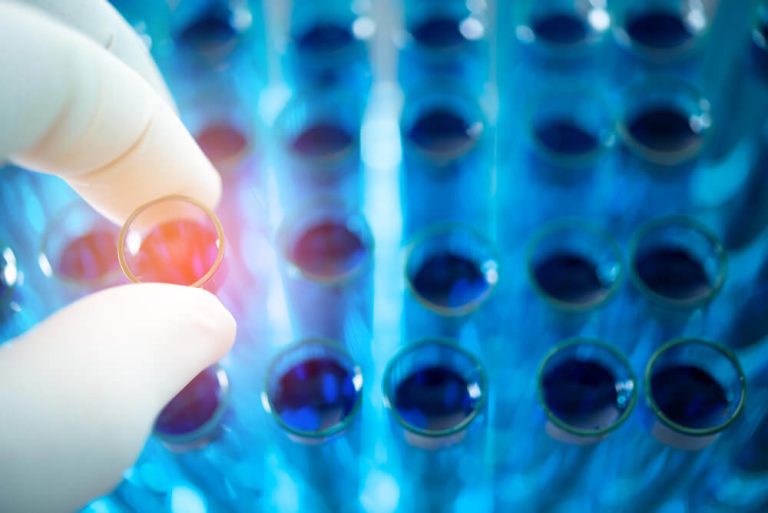Andropause Training: A Man’s Guide to Thriving After 40
If you are a man over 40, you might have noticed some unwelcome changes. Maybe your energy levels are not what they used to be, or you find it harder to stay lean despite hitting the gym. Perhaps your mood is less stable, or your general zest for life has started to fade. These experiences are incredibly common, yet they are often dismissed as just ‘getting older’.
What if these changes were not just an inevitable part of aging, but symptoms of a specific, treatable condition? This condition is often called andropause, or late-onset hypogonadism. It refers to the age-related decline in testosterone and other key hormones. The good news is that you do not have to simply accept these changes as your new normal. Through a comprehensive approach known as Andropause training, you can proactively manage these hormonal shifts and reclaim your strength, energy, and vitality.
This comprehensive guide will walk you through everything you need to know about andropause. We will explore what it is, how it is diagnosed, and the powerful combination of lifestyle adjustments and medical therapies that can help you navigate this new chapter of your life. It is time to move beyond simply surviving and start thriving.
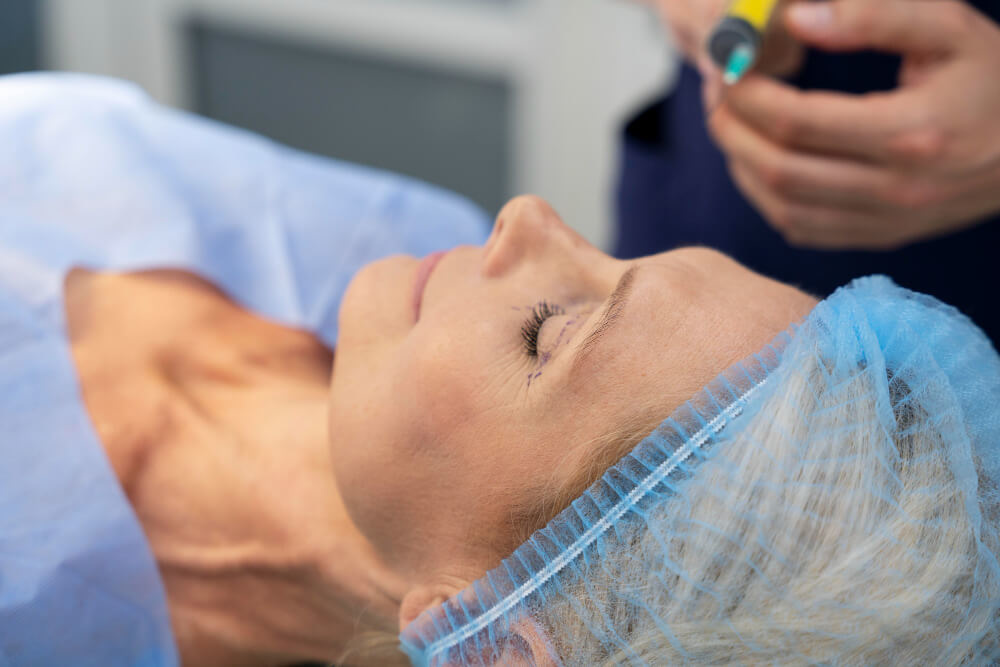
What Exactly Is Andropause?
Andropause is a term used to describe the collection of symptoms associated with a gradual decline in testosterone levels in men. Unlike female menopause, which involves a rapid drop in hormones over a relatively short period, andropause is a much slower and more subtle process. Testosterone levels typically begin to decrease by about one percent per year after the age of 30.
For many years, the concept of a ‘male menopause’ was debated in the medical community. However, it is now widely recognized that age-related hormonal decline in men is a real physiological event with significant health implications. The effects are not just physical; they can impact mental clarity, emotional well-being, and overall quality of life. Understanding this process is the first step toward taking control of it.
It is important to see andropause not as a disease, but as a phase of life that requires a new set of strategies. Your body’s needs are changing, and your approach to health must evolve to meet them. This involves a holistic view that encompasses diet, exercise, stress management, and potentially, medical support.
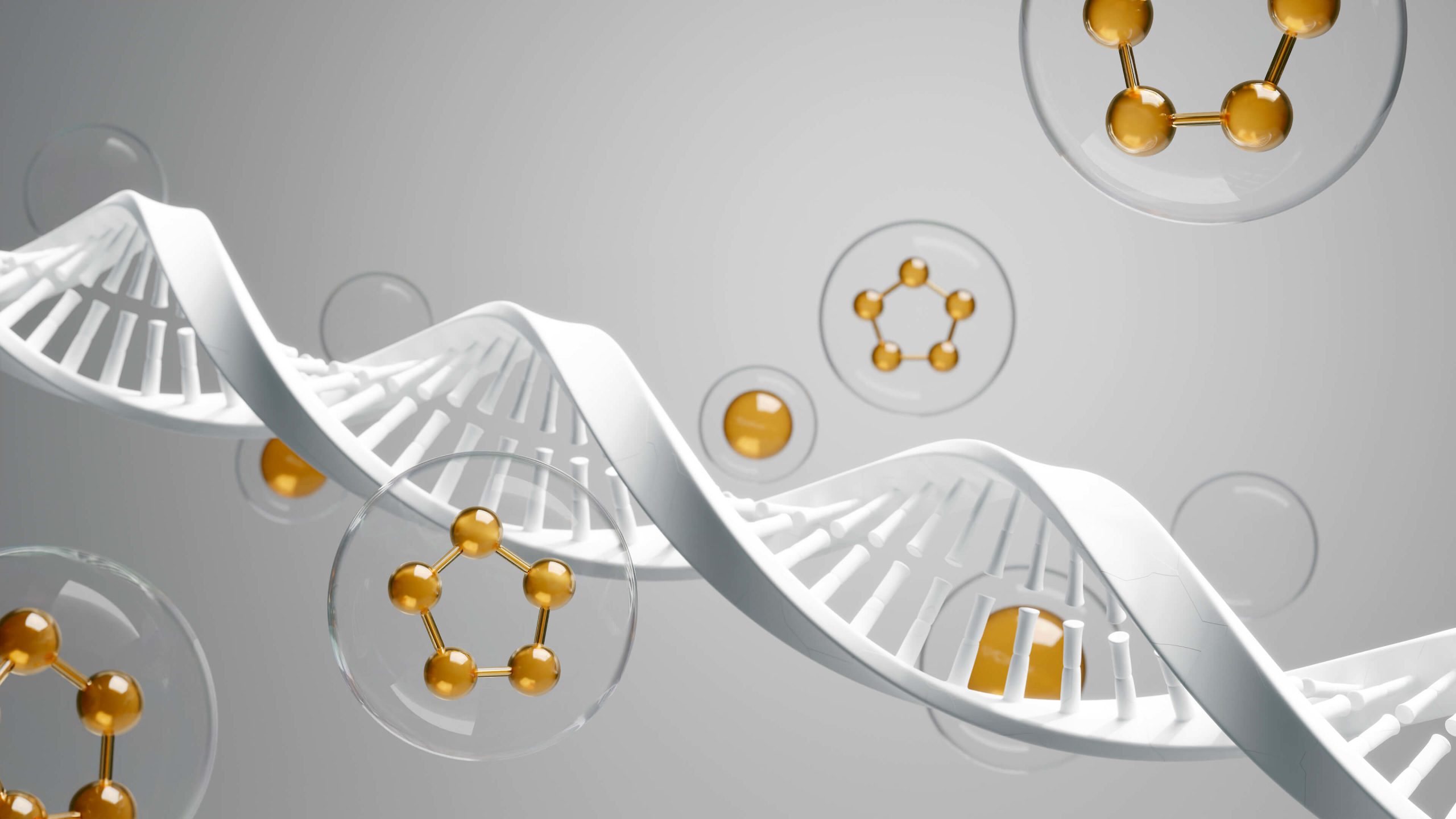
What Are the Common Signs and Symptoms?
The symptoms of andropause can be vague and often overlap with other conditions, which is why they are sometimes overlooked. They can be broadly categorized into physical, mental, and emotional changes. Recognizing these signs is crucial for seeking the right help.
On the physical side, you might experience reduced muscle mass and strength, an increase in body fat, particularly around the abdomen, and persistent fatigue that is not relieved by rest. Other physical signs include decreased bone density, which increases the risk of fractures, as well as reduced libido and erectile dysfunction. Some men also notice hair loss or changes in skin texture.
Mentally and emotionally, the changes can be just as challenging. Many men report a lack of motivation, difficulty concentrating, or a feeling of ‘brain fog’. Mood swings, irritability, and even feelings of sadness or depression can become more frequent. These psychological symptoms are directly linked to the role testosterone plays in brain function and mood regulation, a connection often explored when discussing the concept of male menopause.
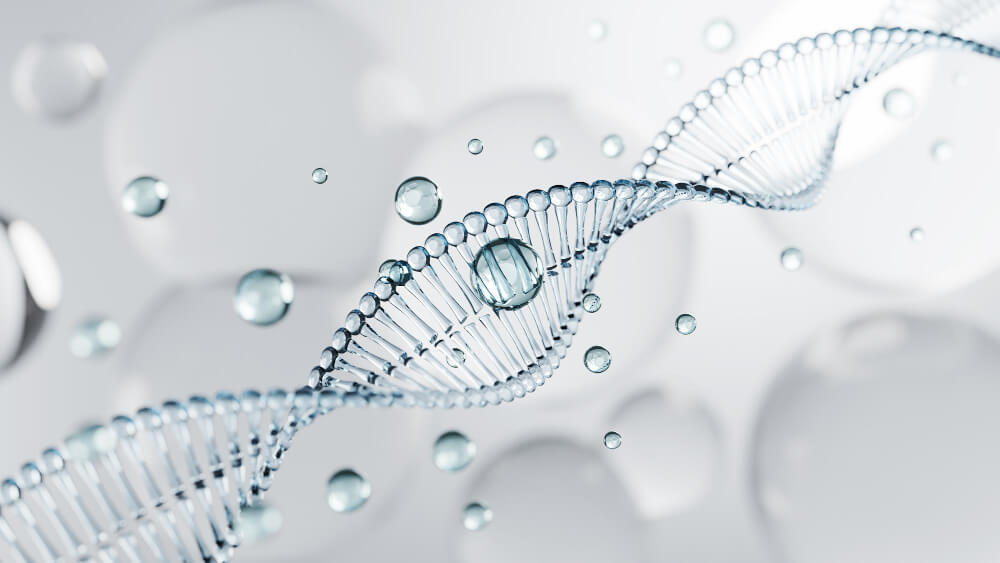
Why Does Testosterone Decline with Age?
The decline of testosterone is a multifactorial process. The primary driver is the natural aging of the testes and the parts of the brain that signal hormone production, the hypothalamus and pituitary gland. As men age, the testes produce less testosterone, and the brain’s signals become less effective.
However, lifestyle factors play an enormous role and can significantly accelerate this decline. Chronic stress is a major culprit. When you are constantly stressed, your body produces high levels of the stress hormone cortisol. Cortisol and testosterone have an inverse relationship; when cortisol is high, testosterone production is suppressed.
Poor diet, lack of physical activity, and inadequate sleep also contribute heavily. A diet high in processed foods and sugar can lead to inflammation and insulin resistance, both of which disrupt hormone balance. Similarly, a sedentary lifestyle and insufficient sleep, especially a lack of deep sleep where most testosterone is produced, create a perfect storm for hormonal decline.

How Is Andropause Diagnosed?
If you suspect you are experiencing symptoms of andropause, the first step is to consult with a healthcare professional, preferably one with expertise in hormone health and longevity medicine. A proper diagnosis is not based on symptoms alone but involves a comprehensive evaluation.
This evaluation will typically start with a detailed discussion of your symptoms, medical history, and lifestyle habits. Your doctor will want to know about your energy levels, mood, sexual function, sleep patterns, diet, and exercise routine. This subjective information provides crucial context.
Following the consultation, a physical exam will be performed. The definitive step, however, is a series of blood tests. These tests will measure your total and free testosterone levels. Free testosterone is the active, unbound form of the hormone that is available for your body to use. Your doctor may also check other related hormone levels, such as luteinizing hormone (LH), follicle-stimulating hormone (FSH), and estradiol, to get a complete picture of your endocrine function.
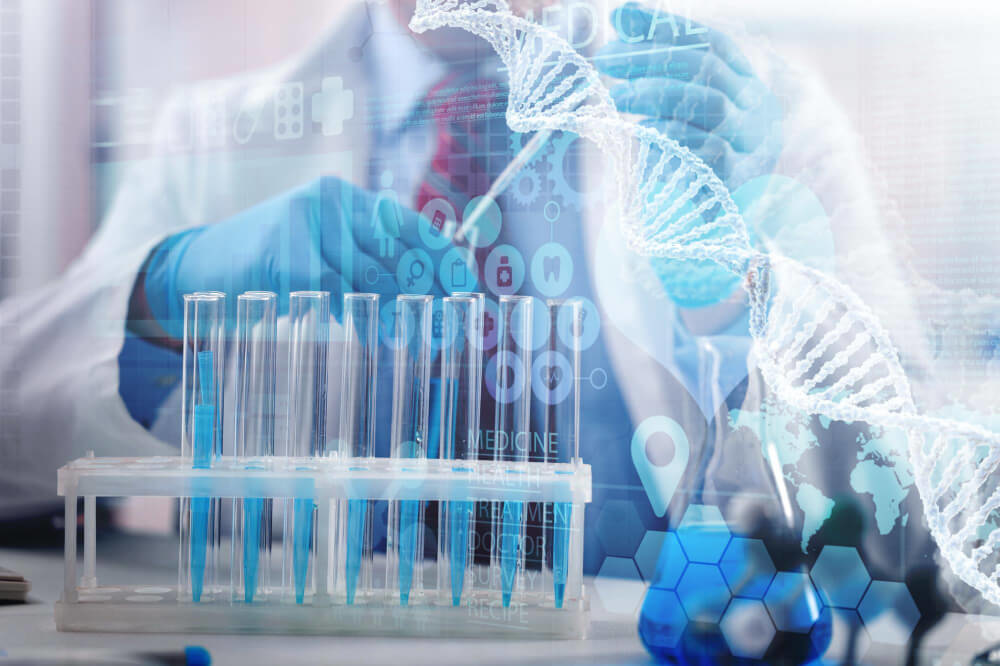
What Are the Medical Treatment Options?
Once a diagnosis of low testosterone is confirmed, your healthcare provider may discuss various medical interventions. The most common treatment is Testosterone Replacement Therapy (TRT), which aims to restore hormone levels to a healthy, youthful range. This can lead to significant improvements in energy, muscle mass, mood, and libido.
TRT is a serious medical treatment that requires careful consideration and ongoing monitoring by a qualified professional. The goal is not to achieve superhuman levels of testosterone but to alleviate symptoms and improve overall health by bringing levels back into an optimal physiological range. There are several ways to approach this therapy.
It is a personalized process, and the right treatment plan depends on the individual’s specific health profile, goals, and preferences. A knowledgeable practitioner will guide you through the options to find the best fit for your unique situation.
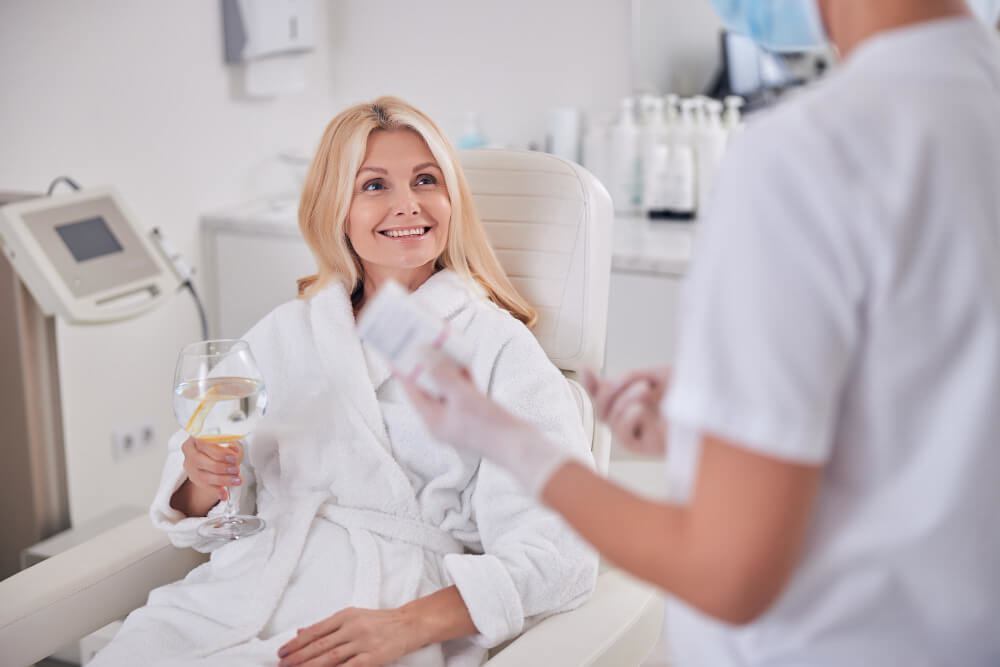
Is Bioidentical Testosterone Different from Synthetic?
When exploring TRT, you will likely encounter terms like ‘bioidentical’ and ‘synthetic’. Understanding the distinction is important for making an informed decision. Bioidentical hormones are compounds that have the exact same molecular structure as the hormones naturally produced by your body.
Synthetic androgens, on the other hand, are chemically altered versions designed to mimic the effects of testosterone but do not have the same structure. This difference can affect how the body recognizes and utilizes the hormone. Many practitioners specializing in functional and anti-aging medicine prefer bioidentical forms because they believe the identical structure leads to better tolerance and more natural physiological effects. The debate over bioidentical testosterone vs synthetic androgens is a key topic in modern hormone therapy, with patient outcomes and safety profiles being primary considerations.

Are There Alternatives to Direct Testosterone Replacement?
For some men, particularly those who are younger or wish to preserve fertility, direct testosterone replacement might not be the first choice. TRT can suppress the body’s natural production of testosterone and sperm. In these cases, there are alternative therapies designed to stimulate your own body’s hormone production.
Two such therapies involve the use of medications like HCG (Human Chorionic Gonadotropin) and Clomiphene Citrate. HCG mimics the body’s luteinizing hormone (LH), directly signaling the testes to produce more testosterone. Clomiphene works on the pituitary gland in the brain, encouraging it to release more LH and FSH, which in turn stimulates the testes. A deeper understanding of the use of HCG and Clomiphene in men is essential for both patients and practitioners looking for fertility-sparing options or a way to restart natural production after a cycle of TRT.

How Are Hormones Administered?
Testosterone can be delivered to the body through several different methods, each with its own set of pros and cons. The most common delivery systems include intramuscular injections, transdermal gels or creams, patches, and subcutaneous pellets.
Injections are often considered the most effective and cost-efficient method, typically administered weekly or bi-weekly. Gels and creams are applied daily to the skin, providing a steady release of the hormone. Patches work similarly but can sometimes cause skin irritation. Subcutaneous pellets are a longer-lasting option, implanted under the skin every few months, offering a convenient ‘set it and forget it’ approach.
The choice of delivery method depends on factors like lifestyle, cost, convenience, and how your body responds. For healthcare professionals, mastering the nuances of these options is critical, which is why specialized training on transdermal vs oral hormone delivery systems and other methods is so valuable for providing optimal patient care.
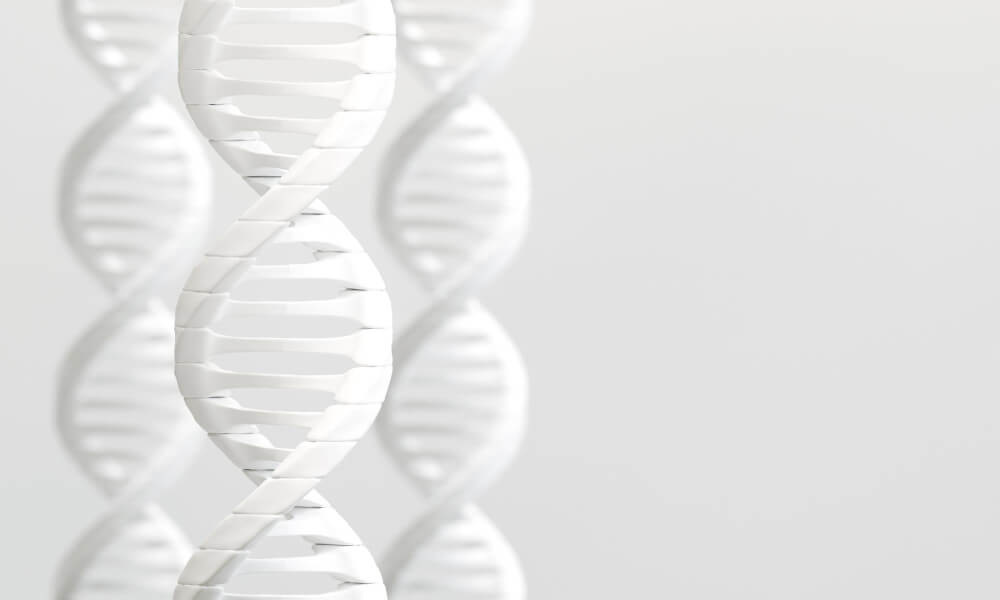
Why Is Exercise So Crucial During Andropause?
While medical therapies can be highly effective, they are most successful when combined with a robust lifestyle program. Exercise is arguably the most powerful natural tool you have to combat the effects of andropause. It acts as a potent stimulus for your body’s own hormone production and helps counteract many of the condition’s primary symptoms.
Regular physical activity, especially resistance training, has been shown to naturally boost testosterone levels. It also directly addresses the most common complaints of andropause: muscle loss and fat gain. By building and maintaining lean muscle mass, you increase your resting metabolic rate, making it easier to manage your weight.
Furthermore, exercise is a powerful mood elevator and stress reducer. It triggers the release of endorphins, which have mood-boosting effects, and it helps regulate cortisol levels. A consistent exercise routine can improve sleep quality, enhance cognitive function, and restore a sense of physical capability and confidence.

What Is the Best Type of Exercise for Men Over 40?
While all forms of movement are beneficial, a combination of strength training and cardiovascular exercise is ideal for men navigating andropause. However, if you have to prioritize one, strength training should be the cornerstone of your fitness regimen. It provides the most direct benefits for hormonal health and body composition.
Strength training involves using resistance, whether from weights, bands, or your own body weight, to challenge your muscles. This challenge creates microscopic tears in the muscle fibers, which, when repaired, make the muscle stronger and larger. This process sends a powerful signal to your body to produce anabolic hormones like testosterone and growth hormone. For those looking for a place to start, there are many excellent guides to the best strength training workouts for men over 40 that focus on compound movements for maximum impact.
Cardiovascular exercise, like brisk walking, cycling, or swimming, remains important for heart health, endurance, and managing stress. High-Intensity Interval Training (HIIT), which involves short bursts of intense effort followed by brief recovery periods, can also be particularly effective for boosting hormones and improving metabolic health in a shorter amount of time.

How Does Strength Training Specifically Help?
The benefits of strength training for men over 40 extend far beyond bigger muscles. It is a fundamental practice for healthy aging. As you build muscle, you fundamentally change your body’s metabolism. Muscle is more metabolically active than fat, meaning it burns more calories even at rest. This helps to combat the age-related metabolic slowdown.
Strength training also dramatically improves insulin sensitivity. This means your body becomes better at managing blood sugar, reducing your risk of type 2 diabetes and making it harder for your body to store fat. It is also the single best activity for improving bone density, which is crucial for preventing osteoporosis and fractures in later life. The positive impact of strength training after 50 is well-documented, proving it is never too late to start lifting and reaping the rewards.

How Does Nutrition Impact Hormonal Health?
Your diet is the fuel that powers your entire system, including your endocrine system. The foods you eat provide the raw materials your body needs to manufacture hormones, manage inflammation, and maintain a healthy body weight. A nutrient-dense, anti-inflammatory diet is non-negotiable for managing andropause.
Think of your plate as a tool for hormonal optimization. Every meal is an opportunity to either support or hinder your body’s natural balance. Diets high in sugar, refined carbohydrates, and unhealthy fats promote inflammation and insulin resistance, which are toxic to testosterone production. Conversely, a diet rich in whole foods provides the building blocks for health.
Proper nutrition works synergistically with exercise. It provides the protein needed to repair and build muscle after a workout and the micronutrients required for countless metabolic processes. You simply cannot out-train a bad diet, especially as you get older and your margin for error shrinks.
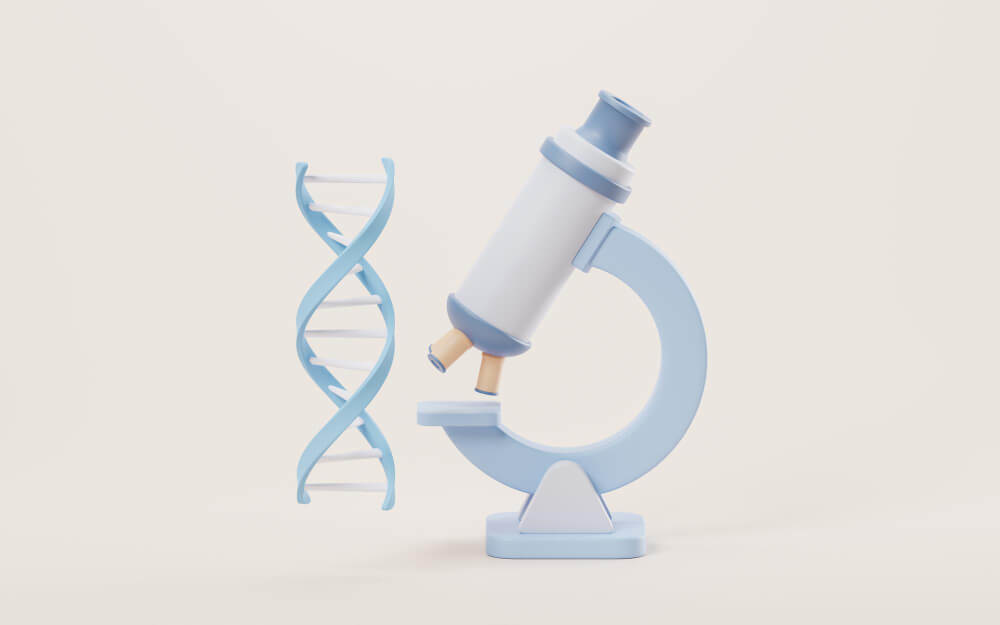
What Foods Should Men Eat to Support Testosterone?
To support healthy hormone levels, focus on a balanced intake of macronutrients: protein, healthy fats, and complex carbohydrates. Healthy fats are particularly important, as cholesterol is a precursor to all steroid hormones, including testosterone. Excellent sources include avocados, olive oil, nuts, and seeds.
Sufficient protein intake is essential for maintaining muscle mass. Aim for high-quality sources like lean meats, poultry, fish, eggs, and legumes. Certain micronutrients are also critical. Zinc, found in oysters, beef, and pumpkin seeds, is vital for testosterone synthesis. Vitamin D, which acts more like a hormone in the body, is also crucial; you can get it from sun exposure and fatty fish.
Magnesium, found in leafy greens, nuts, and seeds, is another key player in hormone regulation. Research has identified several specific foods that may help boost testosterone, including ginger, pomegranates, and fatty fish, making them great additions to your diet.
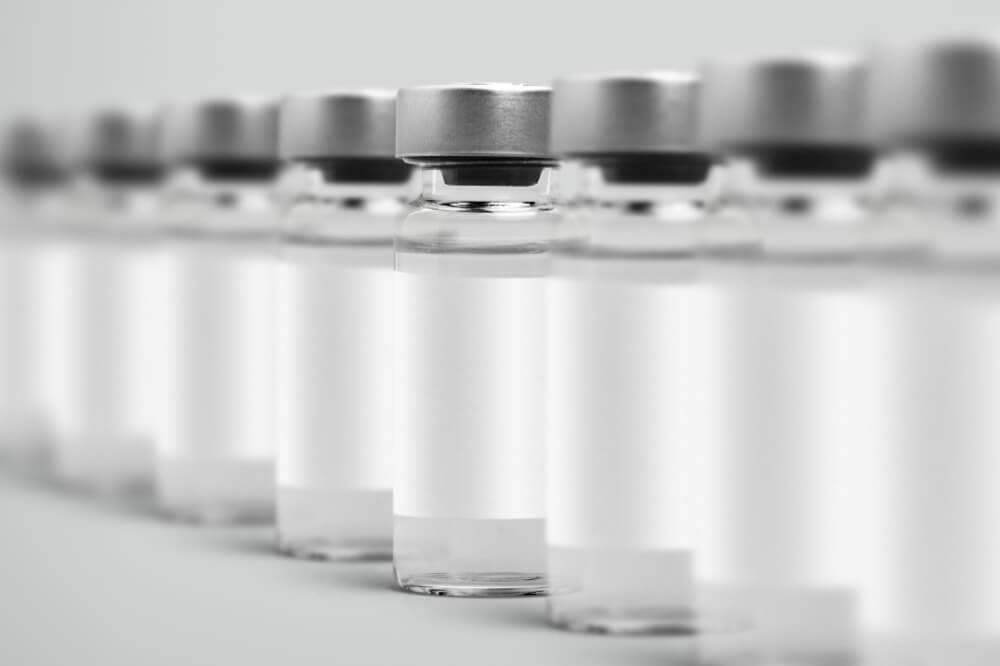
Are There Foods to Avoid?
Just as important as what you eat is what you avoid. The biggest hormonal disruptors are typically found in highly processed foods. Excessive sugar and refined carbohydrates spike insulin levels, which can negatively impact testosterone. Trans fats, often found in fried foods and commercial baked goods, should be eliminated as they promote inflammation.
Excessive alcohol consumption is another major issue. Heavy drinking can directly harm the cells in the testes that produce testosterone and increase the conversion of testosterone to estrogen. While moderate consumption may be acceptable for some, limiting alcohol intake is a wise strategy for anyone concerned about their hormonal health.

How Does Stress Affect Testosterone Levels?
In our fast-paced modern world, chronic stress has become an epidemic, and it is a silent killer of male hormonal health. The relationship between stress and testosterone is governed by the hormone cortisol. Cortisol is released by the adrenal glands in response to a perceived threat, initiating the ‘fight or flight’ response.
While this is a useful short-term survival mechanism, our bodies are not designed for the state of constant, low-grade stress that many people experience today. When cortisol levels are chronically elevated, they send a signal to the body to down-regulate other processes that are not essential for immediate survival, including reproduction and testosterone production. Effectively, your body chooses to make stress hormones instead of sex hormones.

What Are Effective Stress Management Techniques?
Managing stress is not a luxury; it is a critical component of any andropause training program. The key is to find practices that actively lower cortisol levels and engage the parasympathetic ‘rest and digest’ nervous system. There is no one-size-fits-all solution, so it is important to experiment and find what works for you.
Mindfulness meditation and deep breathing exercises are powerful, evidence-based techniques for reducing stress in the moment. Regular practices like yoga or tai chi can also be incredibly effective. Making time for hobbies, spending time in nature, and maintaining strong social connections are also proven ways to buffer the negative effects of stress.
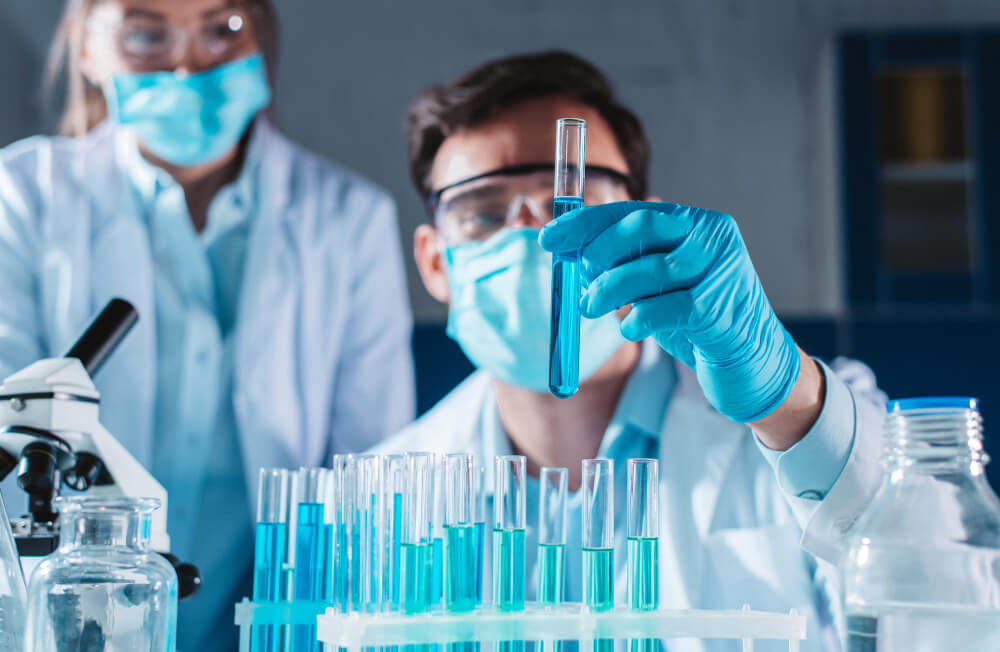
Why Is Sleep Non-Negotiable for Hormonal Balance?
Sleep is the foundation upon which all other health efforts are built. It is during the deep stages of sleep that your body performs most of its repair and regeneration, including the majority of its daily testosterone production. Consistently skimping on sleep is one of the fastest ways to sabotage your hormone levels.
Studies have shown that just one week of sleep restriction can significantly lower testosterone levels in healthy young men. For middle-aged men already facing a natural decline, the impact is even more pronounced. Aiming for 7-9 hours of high-quality sleep per night is not an indulgence; it is a biological necessity.
To improve your sleep, establish a consistent sleep schedule, even on weekends. Create a cool, dark, and quiet sleep environment. Avoid screens and bright lights for at least an hour before bed, as the blue light can suppress melatonin production. Developing a relaxing pre-sleep routine can signal to your body that it is time to wind down.
Andropause is a natural transition, but the symptoms associated with it do not have to diminish your quality of life. By adopting an integrated and proactive strategy that combines intelligent medical oversight with targeted training, nutrition, and lifestyle management, you can take command of your health. This is not about turning back the clock, but about optimizing your biology to live with strength, clarity, and purpose for years to come.
Frequently Asked Questions

Can treating low testosterone actually help reverse metabolic syndrome or improve diabetes?
Research indicates that Testosterone Replacement Therapy (TRT) can have significant positive effects on the components of metabolic syndrome for men with clinically diagnosed low testosterone. By restoring hormone levels, TRT often helps increase lean muscle mass and reduce visceral fat, the dangerous fat stored around the organs. This change in body composition is crucial, as it directly improves the body’s ability to respond to insulin, potentially lowering blood sugar levels.
However, TRT is not considered a standalone cure for metabolic syndrome or diabetes, but rather a component of a comprehensive treatment plan. The greatest benefits are seen when therapy is combined with crucial lifestyle modifications, such as a balanced diet and regular exercise. Think of TRT as a tool that can break the hormonal cycle, making it easier for these lifestyle changes to be effective in managing weight and blood sugar.

If I’m overweight, will losing weight naturally increase my testosterone and lower my diabetes risk?
Yes, for many men, weight loss is one of the most powerful non-medical interventions for boosting testosterone levels. Excess body fat, particularly around the abdomen, increases the activity of an enzyme called aromatase, which converts testosterone into estrogen, thereby lowering available testosterone. By losing weight through diet and exercise, you reduce fat mass and decrease aromatase activity, allowing your natural testosterone levels to rise.
This process creates a positive feedback loop for your metabolic health. The same lifestyle habits required for sustainable weight loss—such as eating whole foods, reducing sugar intake, and engaging in physical activity—are also the primary strategies for preventing and managing type 2 diabetes. Therefore, focusing on weight loss can simultaneously improve your hormonal profile and dramatically lower your risk of developing metabolic disease.
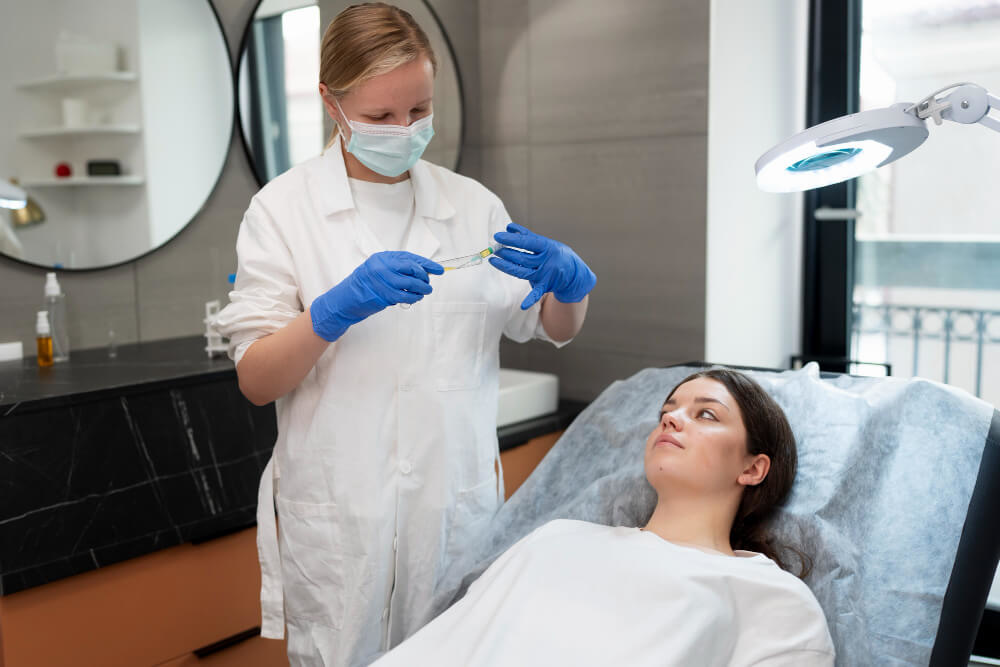
Which comes first: low testosterone or the metabolic problems like insulin resistance?
This is a classic "chicken-or-the-egg" scenario, as the relationship between low testosterone and metabolic syndrome is bidirectional and cyclical. In some cases, declining testosterone levels can be the initial trigger, as low T promotes the accumulation of central body fat and reduces muscle mass, both of which contribute to insulin resistance. This makes it a primary factor in the development of metabolic issues.
Conversely, metabolic problems can also be the starting point. Being overweight or obese, especially with high levels of visceral fat, can directly suppress the body’s production of testosterone, initiating or worsening a hormonal imbalance. This creates a vicious cycle where low T makes it harder to lose weight, and the excess weight continues to lower testosterone. Ultimately, regardless of the initial cause, both conditions fuel each other, making it essential to address them concurrently.
Discover the most comprehensive functional medicine training, longevity training, and biohacking certification programs designed specifically for healthcare professionals, medics, and clinic owners who want to master regenerative medicine protocols and anti-aging therapies. Elevate your practice and empower your patients by joining Talking Longevity today.

